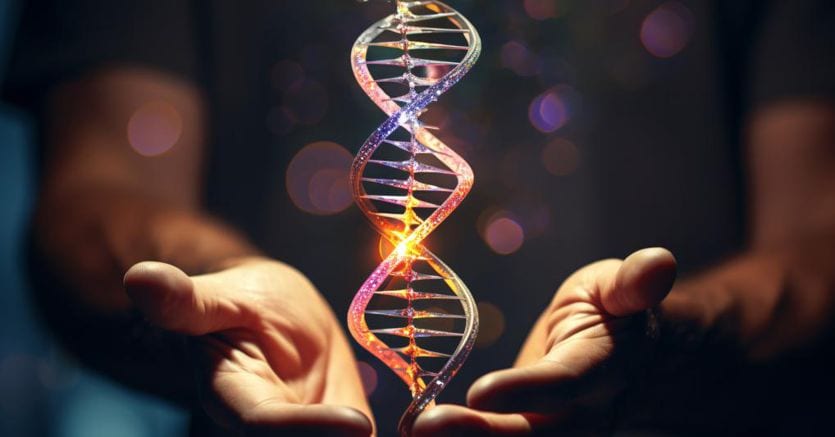What is Crispr
Crispr is a way to modify specific areas of DNA. The system was discovered in bacteria, which use it as an immune system to repel attacks from viruses. Bacteria store parts of the DNA of viruses so they can cut the genes of these “enemies” and defend themselves from them. A Crispr editing system is made up of two parts: a sequence of “guide RNA” and a pair of molecular “scissors”. The guide sequence brings the scissors to a specific point of the double helix and the scissors cut the DNA strand exactly at that point, inactivating a specific gene. More recent technologies allow Crispr systems to also insert new DNA into a precise site or to exchange single nucleotides (the “letters” in the DNA sequence).
Sickle cell anemia and beta thalassemia
Sickle cell anemia is one of the most widespread genetic diseases in the world: more than 13 million are affected, of which approximately 40 thousand in Europe, with an incidence of approximately 300-400 thousand new births/year. And it is a complex disease that results from an inherited mutation. This genetic alteration causes a molecular change in hemoglobin, the protein that carries oxygen through the blood, making it sticky and prone to binding together. This distorts red blood cells from their usual round, flexible shape into a rigid crescent, the sickle that gives the disease its name.
These misshapen cells sometimes block blood vessels, causing excruciating bouts of vaso-occlusive pain, which patients describe as feeling like someone was stabbing you. But the damage goes far beyond blocking blood vessels. The misshapen cells also damage vessel walls, don’t survive as long as healthy red blood cells, and make people more prone to forming dangerous clots. Tissues often fail to receive the oxygen and iron they need.
Possible complications are varied and can appear almost anywhere in the body. They include heart attack, stroke, kidney failure, infection, and bone death often requiring a hip replacement. Most patients require frequent blood transfusions and hospital care.
Although the treatments for beta thalassemia, which in Italy affects 5-6,000 patients especially in Sicily and Sardinia, are similar to those for sickle cell anemia, the condition has a different cause. Hemoglobin has two parts, an alpha chain and a beta chain. In beta thalassemia (there are around 400,000 sufferers worldwide and around 60,000 new sufferers are born every year) genetic mutations prevent the body from producing a sufficient quantity of the beta chain and therefore the red blood cells cannot bind or transport iron. People with beta thalassemia vary in how dependent they are on blood transfusions to compensate for inadequate blood cells their body produces.
